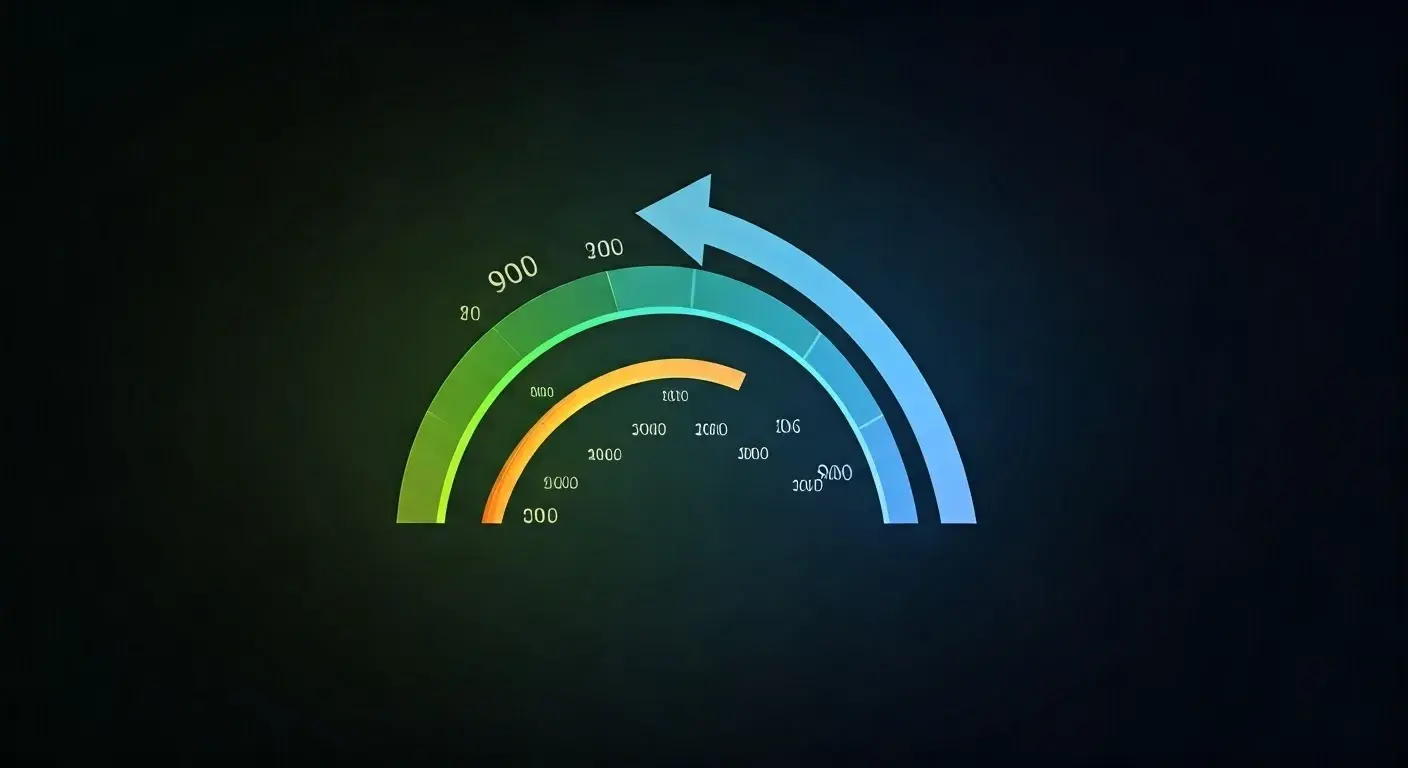-
Posted on: 25 Nov 2024

-
New credit users may find the idea of credit scores a little off-putting because it sounds complex. But it is also necessary to understand what your credit score is and how credit health can be built and maintained. It defines whether you get loans and credit cards or not as well as the interest you will be charged on the loans if given. Two common credit scoring models are used today – FICO, and Vantage score. But what exactly are they, and what is the difference? This guide will guide you through some brief information on FICO scores and creditscoresetheirts significance, and their impact on your financial plans.
What is a Credit Score?
A credit score is thus a mere numeric evaluation of the capability of a client to meet his contractual obligations on a credit facility or credit card balance. These scores are generated by taking an analysis of a person's credit report as it offers details of a person's credit history about borrowing and the repayments made. A credit score typically falls between 300 and 850 and the higher the number, the healthier their credit is.
The FICO Score
The FICO score is a credit score developed by the Fair Isaac Corporation FICO and it claims to be utilized by most of the lenders around the world made available since 1989. This tool is developed to estimate a consumer’s credit scores based on a range of 300 to 850. FICO scores are used by 90% of top lenders in the United States and other countries thus making them among the most popular and well known.
FICO scores are calculated based on five factors:
1. Payment History (35%): This factor determines whether an individual can make payments on his or her bills or not. Delays slip to charge-offs, bankruptcies, and other credit negative indicators will pull this score down.
2. Credit Utilization (30%): This factor describes the ratio of the credit utilized by an individual to the overall credit limit available. Any utilization rate above 30% may be considered risky in terms of default rates hence lowering the FICO score.
3. Length of Credit History (15%): This factor focuses on how many years an individual has had credit accounts. A higher score of this parameter will be achieved if it is possible to prove a longer history of borrowings and their reasonable and timely repayment.
4. New Credit (10%): This is defined as the rate of account cracked in the last year, that is, the total number of new credit accounts. If the applicant applies for several credit cards within a short timeframe, it is a sign that the applicant has a bad or insufficient credit history and can be money unconcerned, that is why he/she has the FICO score.
5. Credit Mix (10%): Essential characteristics of the types of credit such as credit cards, mortgages, auto loans, and personal loans are explained by this factor. The existence of a varied credit portfolio, for example, might help this score, although it must be stated that it could only be of benefit when all the other factors are healthy.
VantageScore
VantageScore is another credit scoring model that began to be used in 2006. The three credit reporting agencies Equifax, Experian, and TransUnion developed it in order to offer a united credit scoring system for making more accurate credit decisions.
The VantageScore model is pretty similar to FICO but has a different range of scores from 501 to 990. It also calculates credit scores based on five factors, which are similar to those used by FICO:
1. Payment History (41%): It is the factor that helps determine whether an individual pays her bills or does not pay them when due. This score will decrease if there are late payment charge-offs, bankruptcies as well as any other bad credit items.
2. Credit Utilization (30%): This is the degree to which someone has used the credit available for his or her use. On the bottom line, it may be a defaulter: a high credit utilization ratio pulled down the VantageScore.
3. Age/Length of Credit History (22%): This factor indicates the length of time that a given person has been in a credit system. A higher score for this will be achieved from a longer history of sound borrowing and repayment credit history.
4. Credit Mix (7%): This captures the number of credit facilities one has (credit card mortgage, loans, auto loans, personal loans, etc.) Better credit scores can be achieved with the help of a lot of credit accounts being diverse, but this means a lot of the other components are fine.
5. New Credit (0% - included in the first factor): This factor quantifies the number of credit accounts owned in the last year, or differently new credit accounts created. Having several new accounts within a short span may suggest financial insecurity or dangerous trends, and the VantageScore shrinks.
What’s the Difference Between FICO Scores and VantageScore?
While the Vantage Score and FICO scoring models have many similarities, there are some key differences between them:
1. Scoring Scale: While feature seldom cultivates, the primary difference between these two models is that the former has a scoring scale that is basically twice as large as the latter. VantageScore falls between 501 and 990 while FICO scores are between 300 to 850.
2. New Credit Factor: Whereas FICO takes the number of new credit accounts opened in the last 12 months as its fifth factor, VantageScore integrates this data into the payment history.
3. Predictive Model: Unlike FICO scores, VantageScore employs different types of prediction models. VantageScore has updates generally every six months and FICO has new models every few years.
4. Score Range: On the other hand, FICO has a wider range that ranges from 300 to 850 This means that the lenders are in a good position to distinguish borrowers more easily. VantageScore scores range from 501 to 990, and the scores are not as granular as other scores, so you can easily understand them.
Conclusion
FICO scores, as well as VantageScore,e are the two credit scores that are relied on by the lendertoto assess the creditworthiness of potential borrowers While there are some differences between the two models, the overall principles are similar: from the side of requirements, for which its clients qualify, lenders prefer to see a positive payment history, low credit utilization rate, longer credit history, and credit mix. By knowing the type of scores and factors that are used in arriving at the scores, one can work towards a better score and also work towards a better financial future. Finally, a good credit score gives you a better bargain on loans, cards, or insurance policies you might need hence putting in a good effort when making such requests will serve you well.











